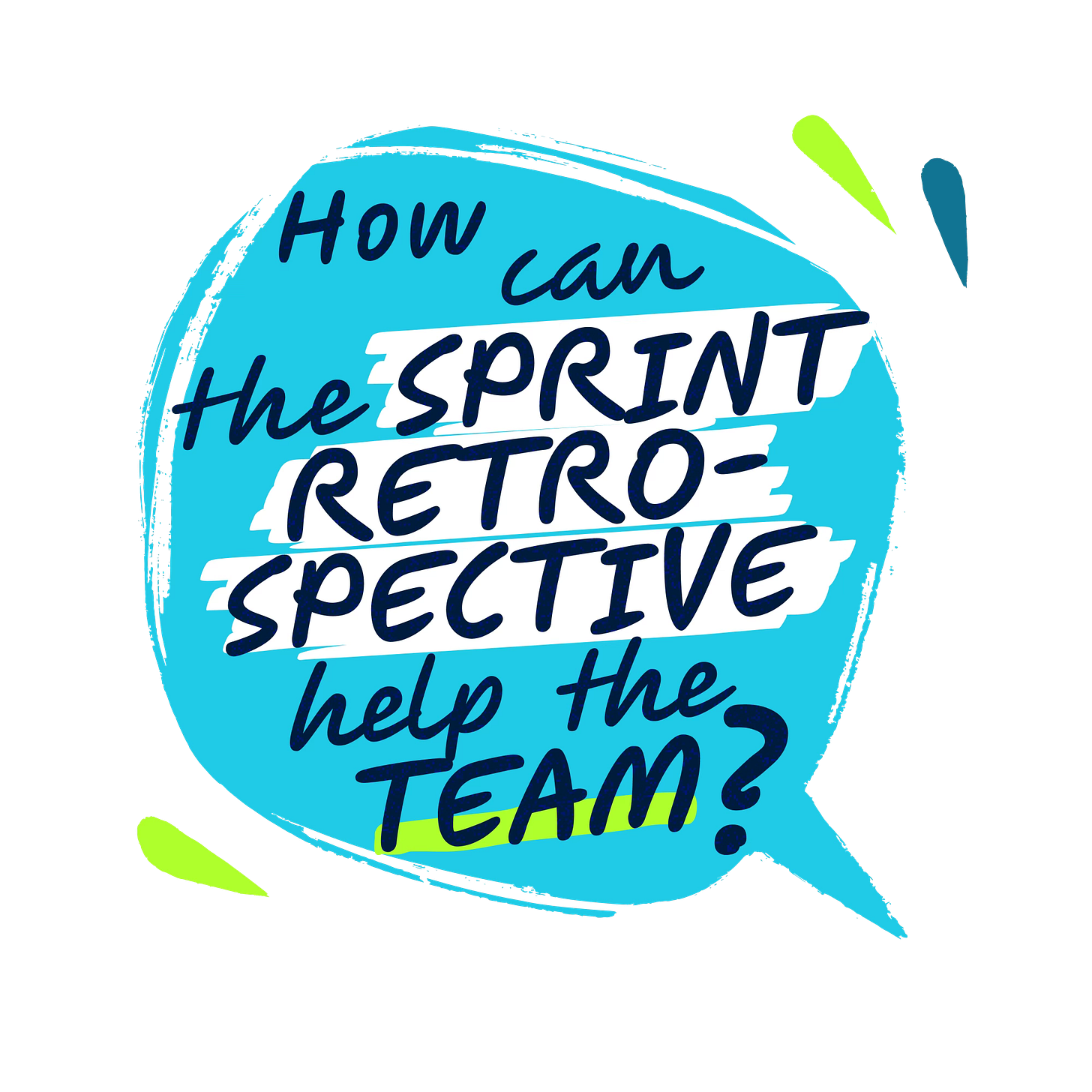How Can the Sprint Retrospective Help the Team?
The Sprint Retrospective helps the team by providing a structured opportunity to improve their work continuously. This ensures an opportunity to enhance the value delivered toward the product goal.
The Sprint Retrospective fosters a culture of continuous improvement by enabling the team to identify areas of success and opportunities for enhancement. By embracing these insights, the team can make informed adjustments to improve their effectiveness in future sprints.
1. Building Team Cohesion:
The Sprint Retrospective allows the team to share their thoughts and feelings about the recent sprint. This openness helps build trust and cohesion, allowing the team to operate more effectively. Teams are more likely to collaborate openly when they have a safe space to talk, leading to better problem-solving and innovation.
2. Balancing Short-Term Fixes with Long-Term Improvements:
During a Sprint Retrospective, the team may identify immediate and systemic problems requiring longer-term solutions. The team may focus too much on quick fixes, which, while beneficial in the short term, may not address deeper, underlying issues. Addressing urgent concerns is crucial, but it's also essential to dedicate time and resources to more strategic improvements that yield sustainable benefits over time.
3. Promoting Accountability:
The Sprint Retrospective encourages team members to take ownership of their roles. By openly discussing their contributions and challenges, individuals are more likely to commit to making positive changes. This sense of accountability drives personal and collective growth, leading to a more empowered and responsible team.
4. Fostering Innovation:
Sprint Retrospectives provide a platform for creative problem-solving. The team can discover innovative ways to overcome challenges by exploring new ideas and approaches. This culture of experimentation can inspire breakthrough improvements in both the product and the team's methods.
5. Ensuring Actionable Outcomes:
One of the most significant risks in a Sprint Retrospective is that the discussion might be rich, but the outcomes remain vague or non-actionable. While not mandatory, it is essential that the team leaves the meeting with clear, specific, and realistic action items that can be implemented in the next sprint. Without this, the Sprint Retrospective becomes merely an exercise in venting frustrations rather than a tool for improvement.
6. Integrating Feedback Loops:
A high-functioning team should review the past sprint and establish mechanisms to check if the improvements made from previous Sprint Retrospectives have had the desired effect. This creates a continuous feedback loop where the team identifies areas for improvement and monitors the effectiveness of the implemented changes. This iterative approach ensures that the team's processes continually evolve and adapt to the product's needs.
The Sprint Retrospective is not just a routine meeting but a powerful tool for driving continuous improvement within the team. By actively engaging in this reflective practice, the team can maintain a forward-looking approach, ensuring they remain aligned with the product's goals while also enhancing their own collaboration and effectiveness. This will ensure they deliver value consistently and stay competitive in an ever-changing market.



